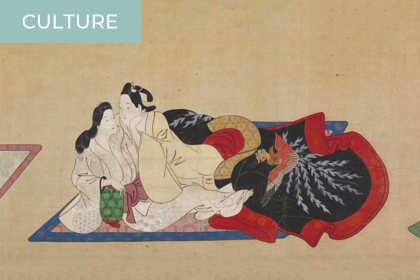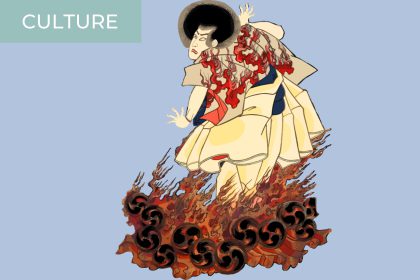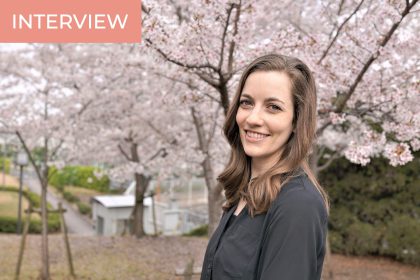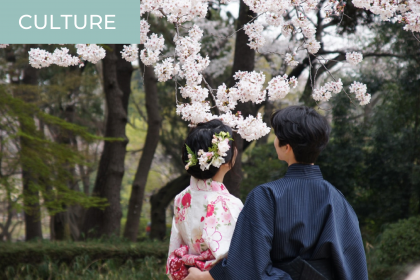Today I’m going to talk about shunga, or Japanese erotic art, with hundreds of years of history. Now, before I begin, bear in mind the nature of this highly sexual topic. By modern Western standards, this content might not be safe for work or family-friendly, although any explicit images I’ll link and tag with “[click…
Adrian Francis and Paper City: Preserving the Fading History of the Tokyo Firebombing
“We who have witnessed the obscenity of war and experienced its horror and terrible consequences have an obligation to rise above our pain and suffering and turn the tragedy of our lives into a triumph.”–Ron Kovic The 1945 firebombing of Tokyo by U.S. warplanes is the single most destructive bombing raid in human history. In…
Sex, Drugs and Rock’n Roll: About Art and Craft of the Edo Period
The Edo period (1603-1868) – what do you associate with that Japanese time period? What do you see in your mind’s eye? Perhaps Edo Castle and the romantic image of a city built of wood and paper? Maybe you also see the elegance and ostentatious lifestyle of wealthy citizens, mysterious seductions from the world of…
Michele Fujii: How to Learn Japanese Literature, Language, and History
Literature, language, and history are intertwined. Studying one without exploring the others is like sailing without a rudder. The longer I live in Japan and study Japanese, the greater my curiosity about Japanese history and literature has grown. However, making the transition from textbook learning to native-level literature is intimidating. With greater access than ever…
Who Are the Ainu, and What’s Their Story?
Did you know that Japan has been a multi-ethnic country since its inception? If your response is “no,” you’re not alone. Apart from the Yamato (the dominant ethnic group in Japan, often just known as “the Japanese”), there are three other indigenous ethnic groups in Japan: the Ainu, the Bonin (also known as the Obeikei),…
The History of Hanami: The Japanese Tradition of Cherry Blossom Viewing
In Spring in Japan, cherry blossom trees are in bloom for about two weeks. During this very short period of time, Japanese people enjoy the traditional activity called hanami, which can be literally translated as “viewing the flowers.” Read on to discover the origins and meanings of this celebration and how it is celebrated today….
Japanese Miso Soup: its Origins and Why Japanese People Like it so Much
When and where was miso soup invited? What is it made of? Why is it so important to the Japanese people? Is there a correct way to eat it? Is it really good for your health? Here are some answers to the most commonly asked questions related to the most famous soup of Japanese cuisine….







